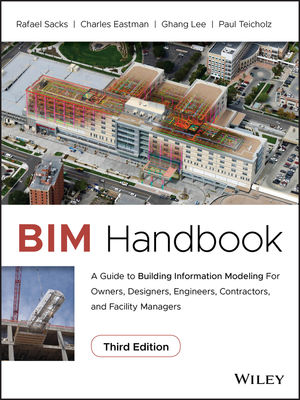The National Institute of Building Sciences (NIBS) has developed an implementation and launch plan for the U.S. National Building Information Management (BIM) Program. The aim: To achieve a new level of industrial efficiency through digitalization.
An overview of the launch plan recently was presented to industry leaders at an executive roundtable to accelerate ongoing efforts from innovative and forward-thinking organizations.
A critical issue in the U.S. construction industry is its low level of digitalization, which prevents it from transforming lifecycle work processes to be more efficient, less expensive, more resilient, and safer to build and maintain. The U.S. National BIM Program expands upon existing and ongoing work of the NIBS BIM Council as well as various other initiatives in the industry.
“Many national and international initiatives focus on BIM standardization to support digital transformation throughout the entire life cycle of designing, constructing, and operating the built environment,” says Stephen T. Ayers, FAIA, Interim CEO of NIBS. “The U.S. National BIM Program will be successful through collaboration between the public and private sectors and across the diversity of project stakeholders, namely owners, designers, constructors, suppliers, vendors, and other involved parties.”
To aid in the implementation and launch of the U.S. National BIM Program, AEC subject matter expert Johnny Fortune joined NIBS in June. Fortune serves as Director of the National BIM Program. Fortune said next steps include securing resources and establishing workgroups to operationalize different aspects of the plan.
U.S. National BIM Program Background
NIBS began the planning process for the U.S. National BIM Program last year, meeting and working with industry leaders. Since then, many volunteers and NIBS staff members have worked to develop the implementation plan, which includes key activities and an estimated budget for the first five years.
The construction industry employs more than seven million people to create or renovate nearly $1.4 trillion in buildings, infrastructure, and other built assets each year.
But the industry has yet to enjoy the productivity improvements of the digital age, averaging only 1% productivity growth in the past 20 years.








